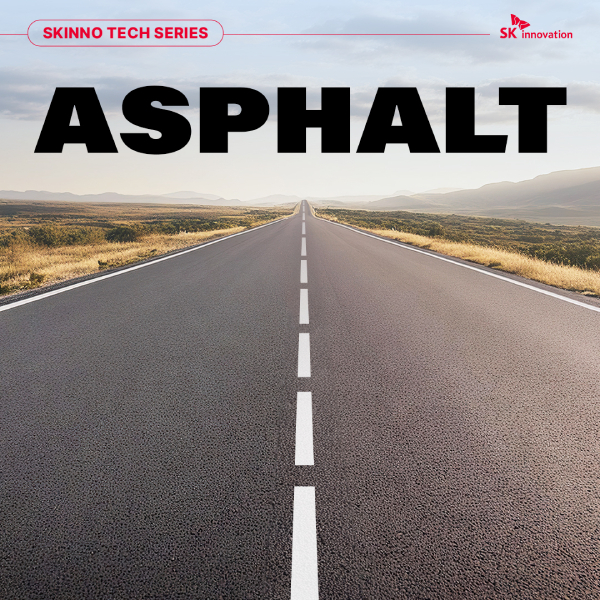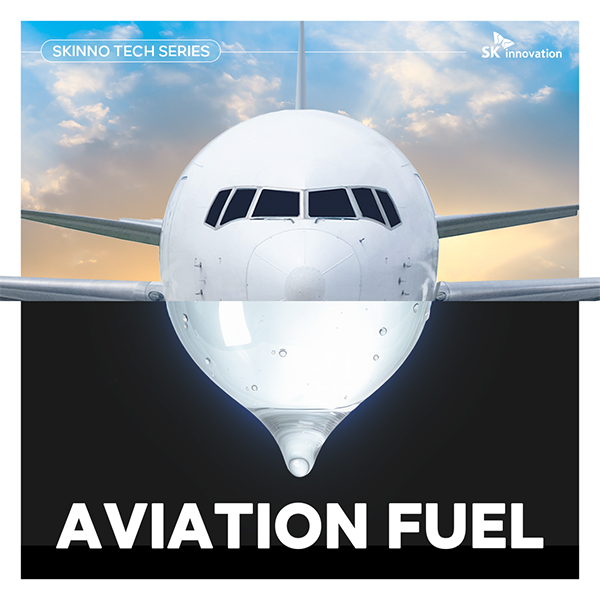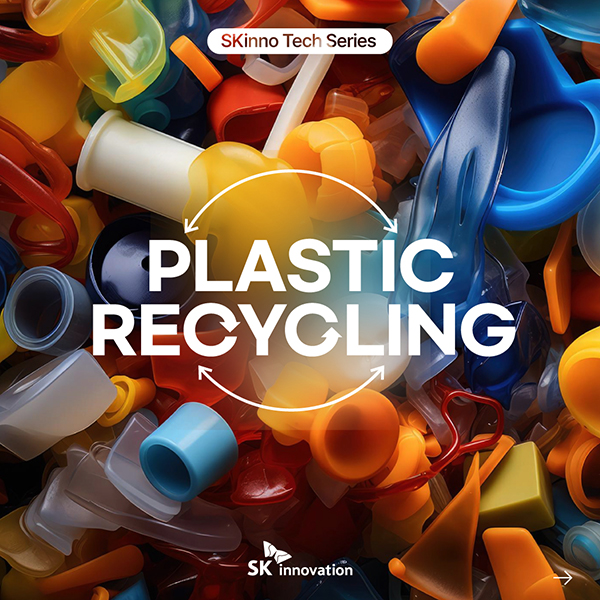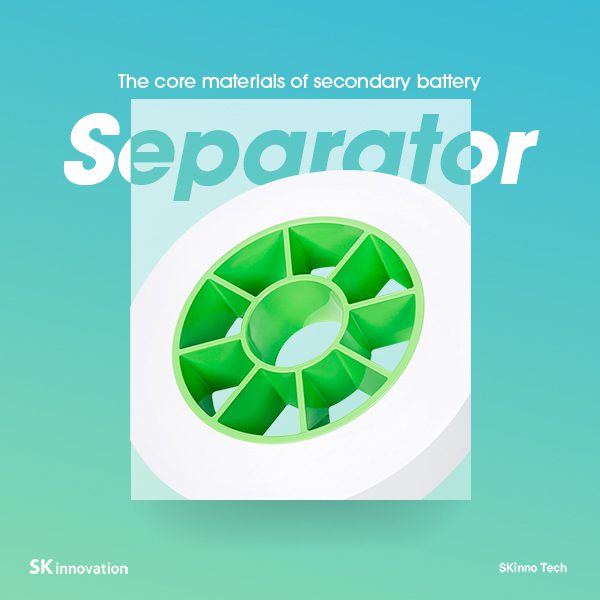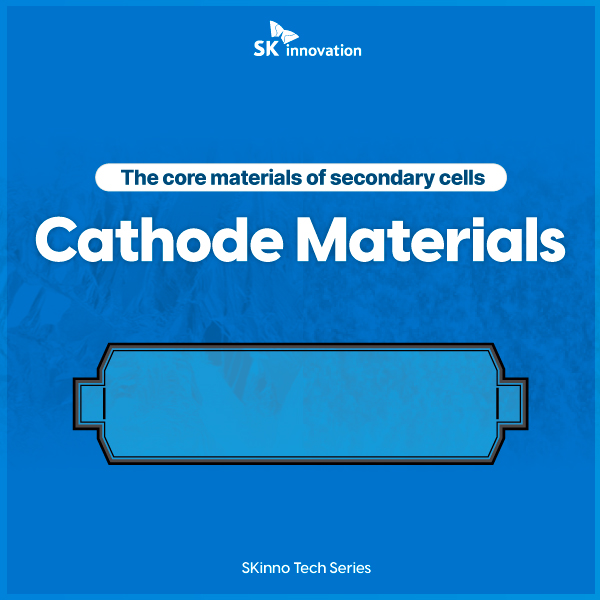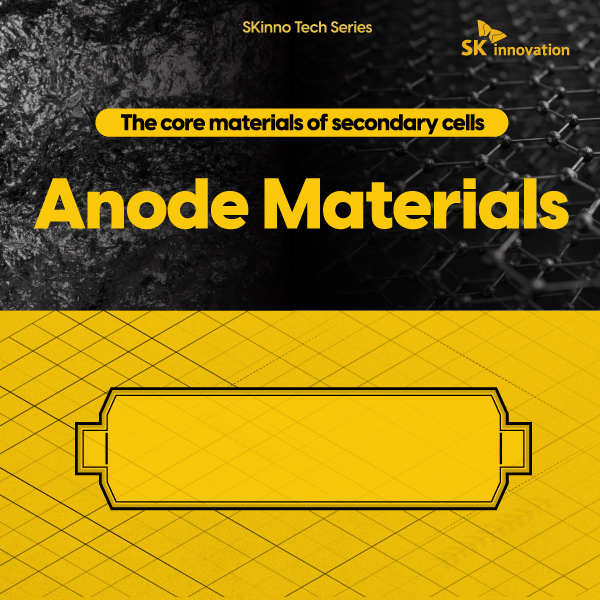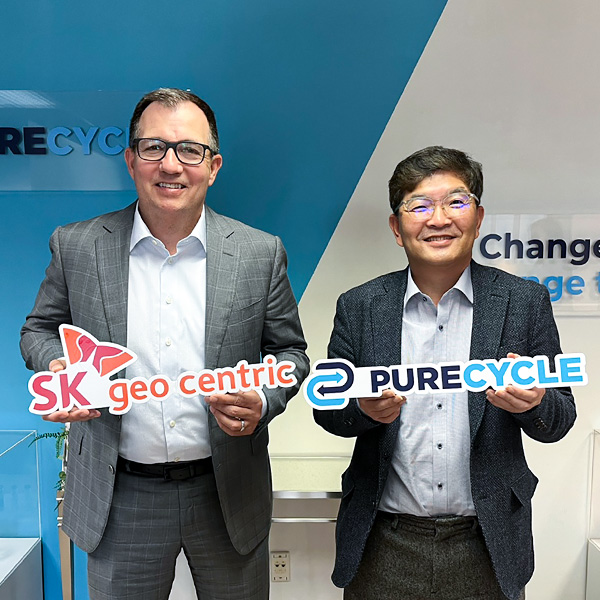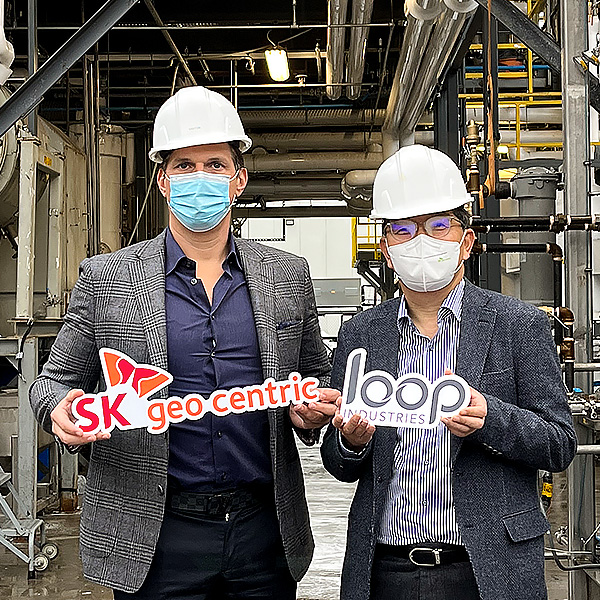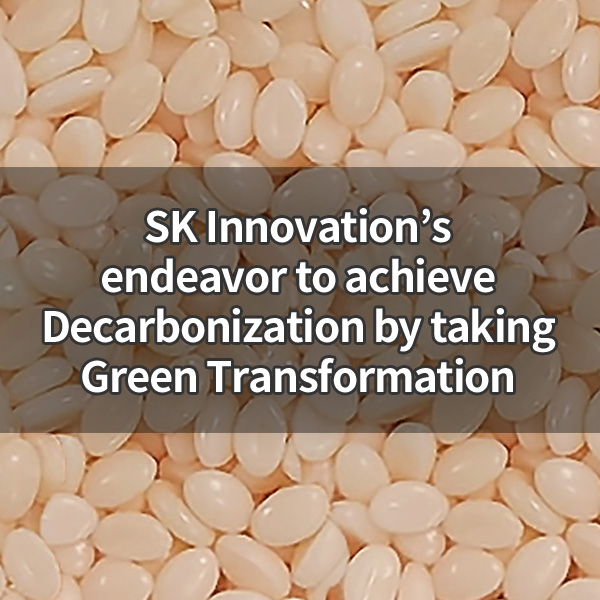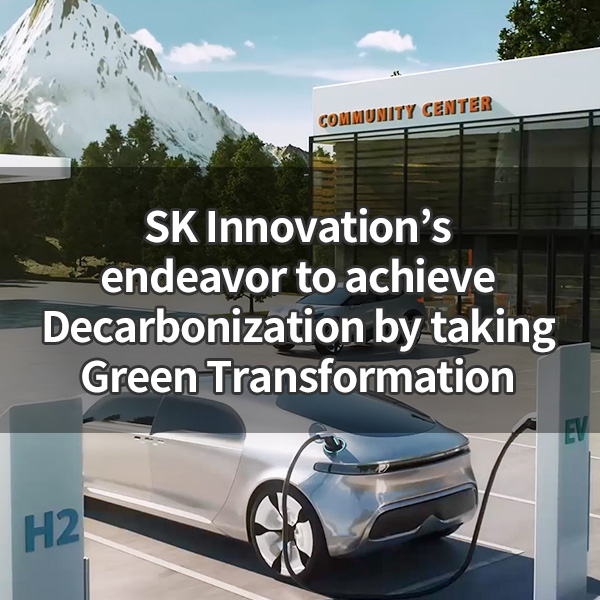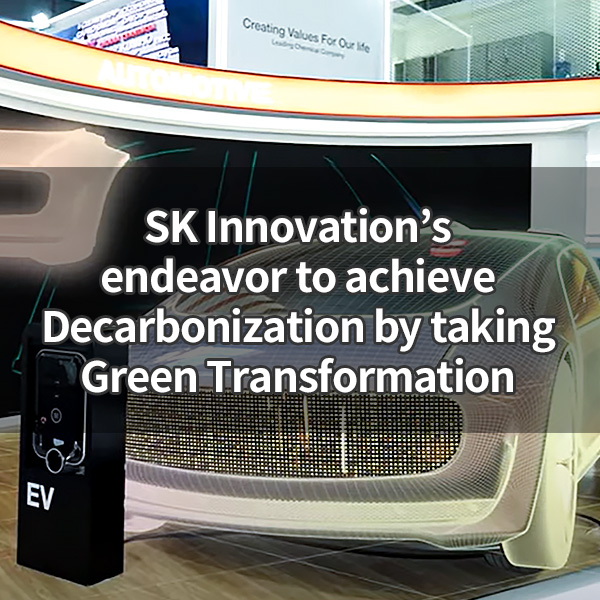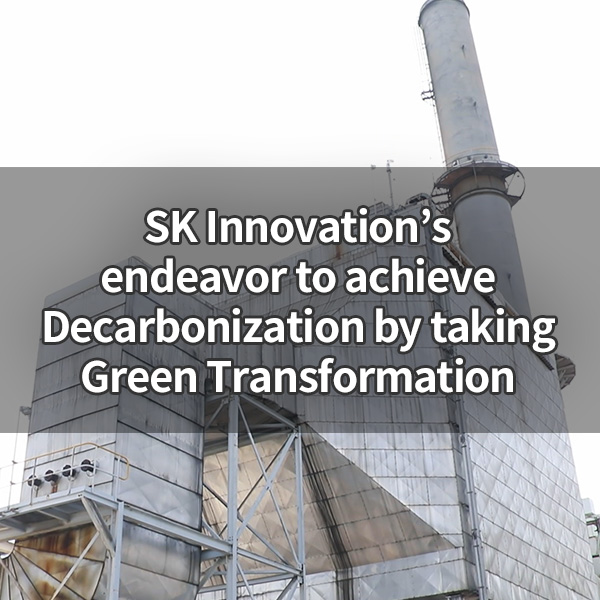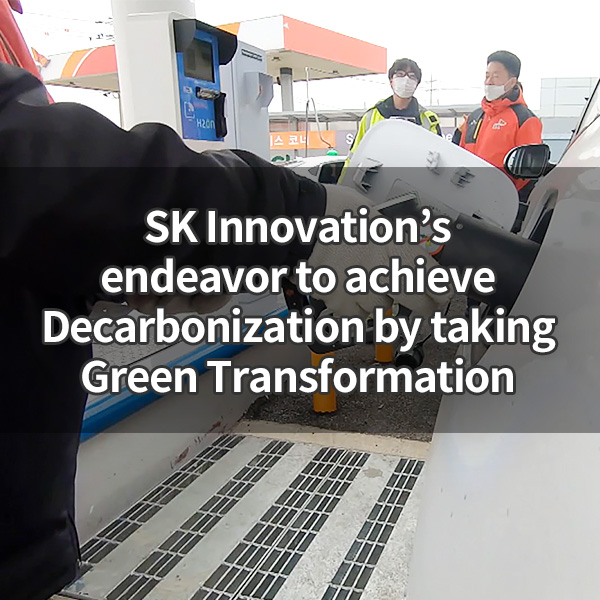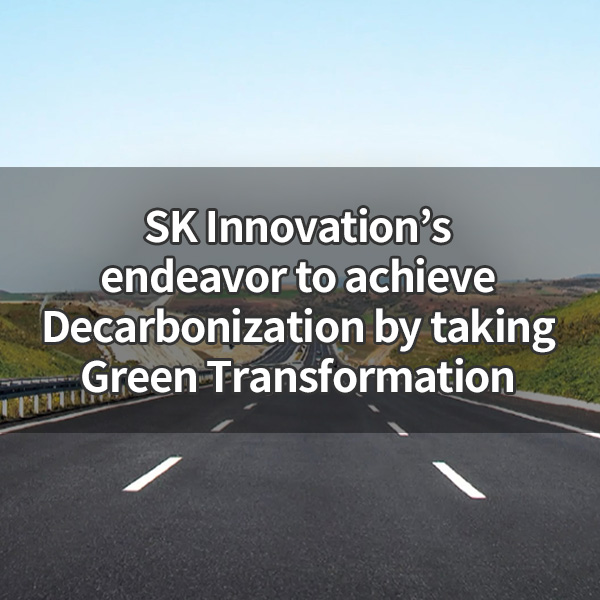2024.09.24
 Series
Series
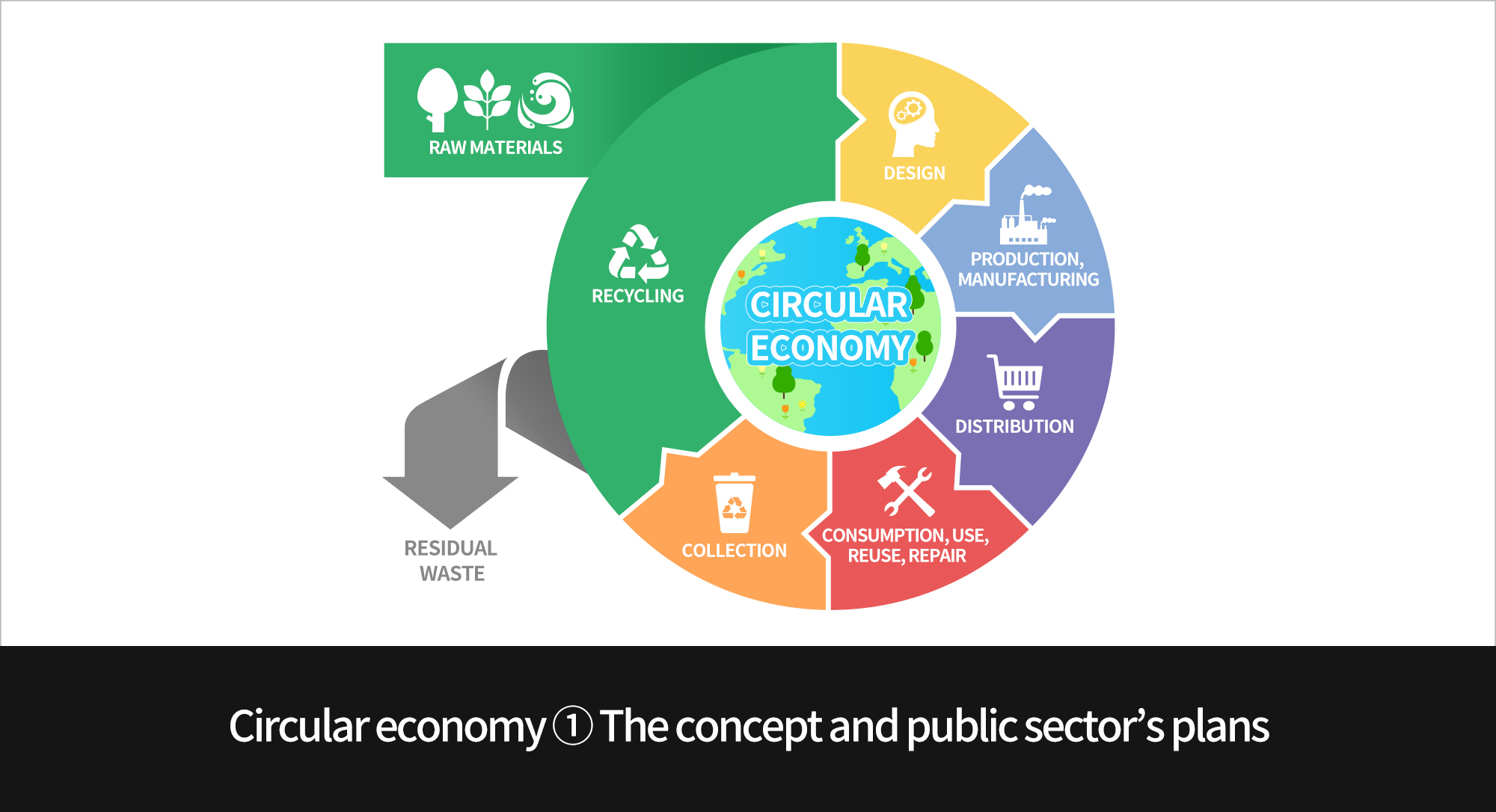
“The goods of today are the resources of tomorrow at yesterday’s resource prices”
(Walter R. Stahel)
Circular economy (or “circularity”) is not a new concept. Some studies stated that the cradle of circular economy dated back in 1970s, some said the concept of it was suggested in 1960s, but when it first emerged is not as important as the fact that it has become a buzz world in recent years. It is obvious that as we are caring more about sustainability and changing consumer attitudes and habits, the topic become hotter.
You may have heard of this term many times, and it has been mentioned frequently in recent SKinno News contents as well. But what is it exactly and how are we working on it?
Through the first episode of our short “Circular economy” series, let’s follow us to grasp some basic ideas about the circular economy and how the public sectors are preparing for it.
| What is “circular economy” and why we need it?
There are various ways to explain what “circular economy” is, but let us walk you through this concept with some of the most comprehensible definitions.
Here is how the World Economic Forum defines it:
“A circular economy is an industrial system that is restorative or regenerative by intention and design.
It replaces the end-of-life concept with restoration, shifts towards the use of renewable energy, eliminates the use of toxic chemicals, which impair reuse and return to the biosphere, and aims for the elimination of waste through the superior design of materials, products, systems, and business models. ”
Ellen MacArthur Foundation, a world famous organization that develops and promotes circular economy, has a video that can help us have a better understanding about the basic concepts with simple illustrations. You can check the Youtube video below to learn more about it:
To standardize the concepts, the International Standards Organization (ISO) formed a Circular Economy Technical Committee, and defines a circular economy is one “where it is restorative or regenerative, also reuse/re-utilization should lead to reducing waste by careful evaluation of resources.”
If such kind of economy is “circular” one, then it is easy to find the differences between it and the current economy that we are trying to transform – “linear economy.” In a linear economy, we take raw materials (mostly from the nature), make products from those materials, use/consume them and then throw away the package or unused part of such products. To have a new product, we will start from the taking raw materials part, repeating the “take – make – dispose”. In short, each process happens step-by-step in just a one-way straight line. However, in a circulation economy, where we try to have no waste, the process goes in a circle. In short, as many believe, a circular economy is a sustainable economy, whereas a linear economy is an unsustainable one. Here is the simple illustration from PWC that will help you see the differences at a glance.
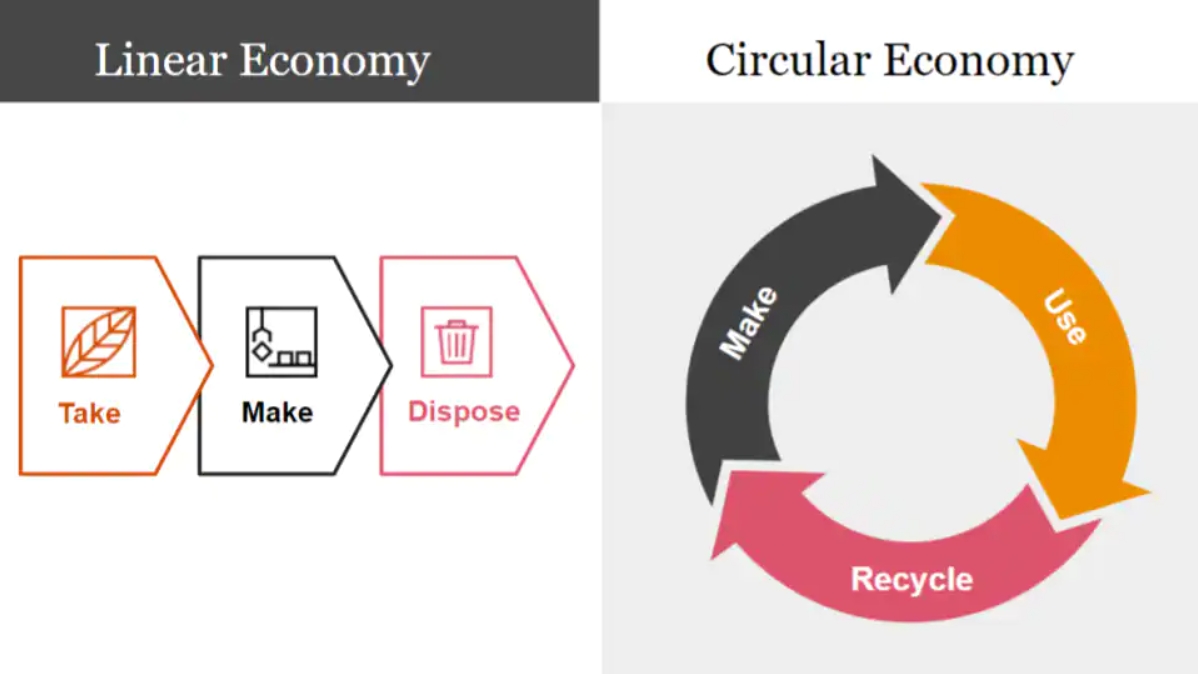
Source: PWC
Then why do we need to build a circular economy? The answers are somehow obvious and already suggested from the definition(s) of the term. To make it clearer, the 2016 EEA study “Circular economy in Europe” summarized the benefits of a circular economy as follows:
| ■ Improved resource security and decreased import dependency: thanks to reduced demand for primary raw materials.
■ Reduced environmental impact: including a drastic reduction in greenhouse gas emissions. ■ Economic benefits: including new opportunities for growth and innovation, as well as savings related to improved resource efficiency. ■ Social benefits: ranging from new job creation across all skill levels to changes in consumer behavior leading to better health and safety outcomes. |
| Efforts of public sectors to realize circular economy
The concept of a circular economy is not difficult to comprehend, but taking actions to build it requires efforts of the whole society, from public sectors (government, policy makers, etc.) to private sectors (enterprises, households, etc.) Starting with the public sectors, we will take a quick look at some economies that have actively adopted policies and announced specific goals to shift to circularity.
The Europe Union is well known for their fast moves regarding green objectives. Needless to say, it has been already getting the “circularity” wheels turning for a while.
In 2015, the European Commission adopted its first circular economy action plan aimed at “Closing the loop.” It includes 54 actions and defines 5 priority waste streams: plastics, food waste, construction waste, critical raw materials and biogenic waste. In 2019, it was reported that all 54 actions under this plan were delivered or were being implemented, marking the completion of the first action plan.
Following this and the adoption of European Green Deal, in March 2020, The European Commission announced new circular economy action plan “For a cleaner and more competitive Europe”. The new plan lists 35 proposals and measures, ranging from a new sustainable product policy framework to waste reduction targets and better waste management of batteries and old vehicles.
Among European countries, Netherlands even set up an ambitious plan to transform into circular economy in 2050 with a government-wide program announced in 2016. The strategy program is based on 5 priorities: biomass and food; plastics; manufacturing industry; construction sector; and consumer goods.

Source: The Ministry of Infrastructure and the Environment of Netherland
Nevertheless, European countries are not the first that announced official plan for circular economy. China is known to be one of the long-time pioneers in this area. The country’s rapid industrialization in the last two decades has brought about severe environmental problems. As a strategy to face such issues, in 2006, the Chinese government adopted circular economy as a national policy.
In January 2009, China’s Circular Economy Promotion Law came into force, aiming to achieve sustainable development by raising resource utilization rate and increasing resource recovery in production, circulation, and consumption. It is noteworthy that under the law, industries in China must implement management systems that reduce resource usage and waste generation, while improving resource recovery and recycling. The country also announced “Circular Economy Promotion Plan for 2015”, and keep updating its action plans regarding circular economy.
Besides, EU and China decided to sign a joint MOU on Circular Economy Cooperation at the 20th EU-China Summit in July 2018. According to the Ellen MacAurthur Foundation, this could pave the way for governments to align key mechanisms, and potentially create the building blocks for product standards and policies, which can enable an effective circular economy.

▲ Representatives of China and the EU at the Summit, including Donald Tusk, President of the European Council (left) and Xi Jin Ping, President of China (right). Source: European Union










 Youtube
Youtube Facebook
Facebook Instagram
Instagram Linkedin
Linkedin








